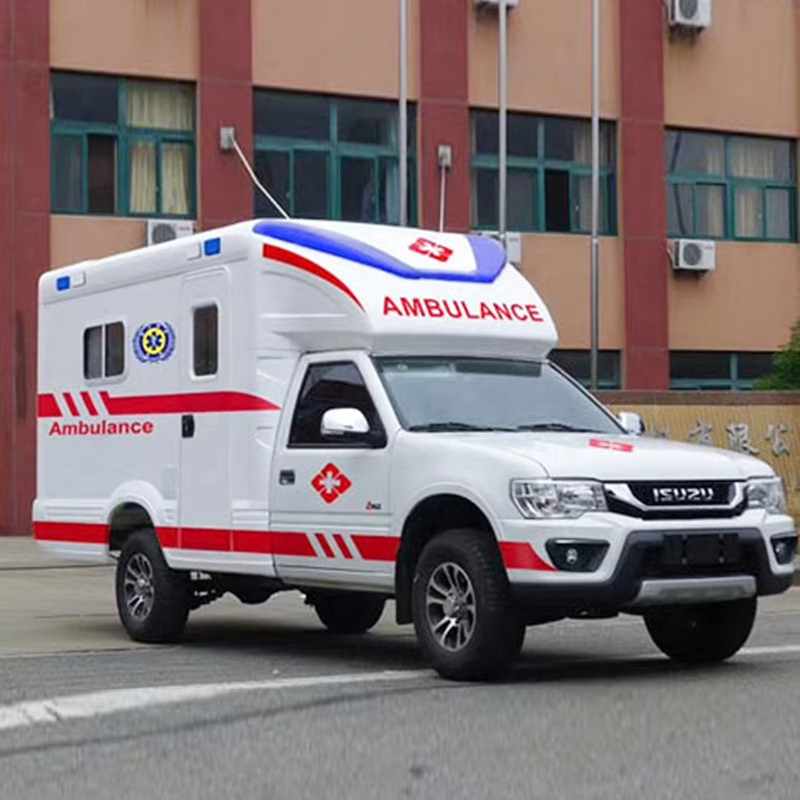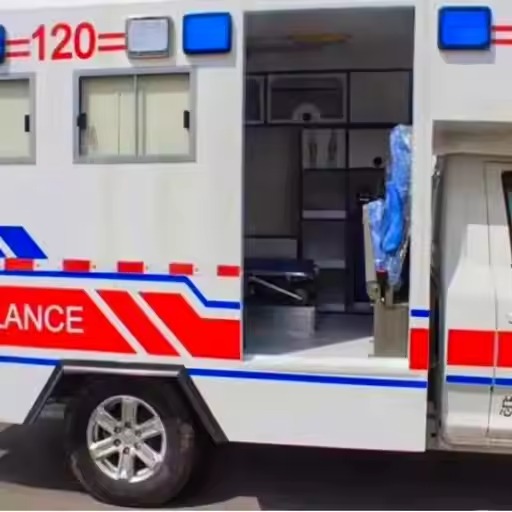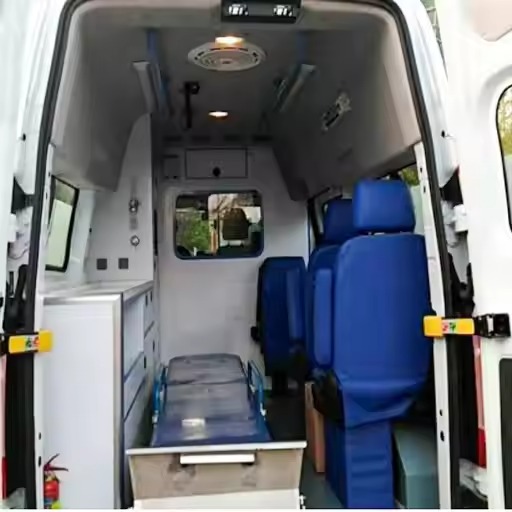

In emergency response, every second counts. Whether it’s a traffic accident, cardiac arrest, or disaster relief, ambulance features can directly influence patient outcomes and the efficiency of medical teams. As technology and healthcare demands evolve, so do the design and equipment of the next generation of ambulances.
Today’s advanced ambulances are not just transportation vehicles—they are mobile medical units built for speed, safety, and life-saving care.


Next-gen ambulances are built on reinforced, high-performance chassis platforms—ranging from light-duty vans to heavy-duty truck-based models. Key powertrain enhancements include:
These mechanical upgrades ensure that ambulances can reach emergencies faster and provide a safer transport experience.
The heart of a modern ambulance lies in its medical technology. Today’s ambulance features commonly include:
Such integrations allow paramedics to begin critical treatment the moment they arrive on scene.
The interior layout of ambulances has been reimagined to improve workflow, hygiene, and safety:
Ergonomic design also helps reduce strain on emergency workers during extended operations.
Next-gen ambulances are built with both patient and crew safety in mind:
Real-time data sharing with command centers improves coordination during multi-agency responses or large-scale incidents.
No two emergency services are the same. Leading ambulance manufacturers offer customizable platforms based on:
Flexibility in design ensures the ambulance fleet matches the specific needs of a region or organization.

The evolution of ambulance features is redefining how emergency care is delivered—faster, smarter, and safer. For governments, hospitals, and private providers looking to upgrade their fleets, investing in next-generation ambulances means investing in better outcomes, more efficient teams, and ultimately, lives saved.